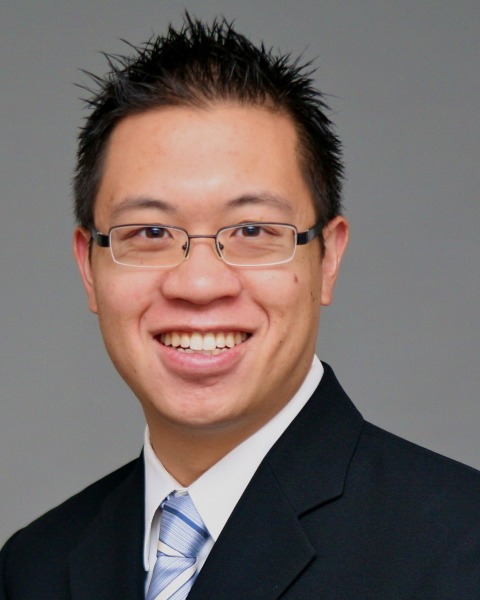Cancer Technologies
Cancer Technologies - Poster Session C & D
I7 - Interactions of Circulating Tumor Cells with Stromal Fibroblasts in Co-Cultured Multicellular Spheroids Reveal Differential Adhesion and Proliferation
Friday, October 10, 2025
10:00 AM - 11:00 AM PDT
Location: Exhibit Hall F, G & H

Alexxa C. Cruz-Bonilla
PhD Student
Brown University
Providence, Rhode Island, United States
Ian Y. Wong
Associate Professor of Engineering
Brown University, United States
Presenting Author(s)
Primary Investigator(s)
Introduction: : Metastatic breast cancers often exhibit tropism for distant tissues such as the lung, which remains poorly understood. Circulating tumor cells (CTCs) are thought to interact with stromal cells in the metastatic niche, which may drive colonization and drug resistance. Here, we use live cell confocal imaging and RNA-seq to quantify and profile the interactions of patient-derived CTCs in 3-D co-culture with primary lung fibroblasts. Specifically, we aim to understand if CTCs exhibit enhanced proliferation and sorting when co-cultured with stromal cells. We hypothesized that lung fibroblasts will promote CTC sorting and proliferation through secreted soluble and matrix factors.
Materials and
Methods: : Patient-derived breast cancer CTC lines were kindly provided by S. Maheswaran (Massachusetts General Hospital), isolated using microfluidic devices from blood draws of metastatic breast cancer patients with informed consent and IRB approval. CTCs were cultured in Ultra Low Adhesion (ULA) plates and maintained in serum-free media supplemented with epidermal growth factor (EGF) and basic fibroblast growth factor (FGF) under hypoxic conditions (5% O2). Primary Lung Fibroblasts (hTERT Fibroblasts immortalized, ATCC) were cultured in low-serum Fibroblast Basal Medium and labeled with a Deep Red Quantum Dots. For 3D spheroid formation, micro-molded agarose gels were created utilizing the 3D Petri Dish from MicroTissues Inc. Prior to co-culturing, varying monoculture seeding ratios were analyzed for morphological changes (size and shape) to determine the ideal parameters for co-culturing. The co-culture conditions established were control monocultures (CTCs and hERT Lung Fibroblasts), 1:1 co-culture,; maintained in their respective medias and 1:1 mixed ratio of both mediums. All spheroids were imaged with live cell fluorescence microscopy at varying time points (24hrs up to 336hrs). Morphological, growth rates, and fluorescence expression were analyzed with the FIJI and custom MATLAB code. After 14 d, spheroid samples were collected, disassociated with 1:1 collagenase and Accumax mixture, and filtered with a 0.40um PVD filter for cell count through hemacytometer to quantify proliferation rates compared to the initial seeding density. CTCs dissociated from spheroids were analyzed using Bulk RNA-seq (Genewiz). Spheroids were also treated with chemotherapeutic drugs to evaluate drug response in mono and co-culture.
Results, Conclusions, and Discussions:: Current results suggest that a threshold percentage of lung fibroblasts (greater than 50%) is necessary for sufficient paracrine interactions to stimulate CTCs. There is also reciprocal stimulation by CTCs of lung fibroblasts at these higher percentages. Additionally, the growth rates suggest that a stagnant period may exist for several days before sufficient secreted factors are present to stimulate a cell response. Qualitative observations indicate that differences in proliferation rates in co-cultures increase significantly beyond week one (168hrs) whereas monoculture conditions maintain a steady growth rate comparable to culture doubling times. Quantitative analysis of cell count at experiment culmination indicates higher proliferation for CTCs in co-culture with lung fibroblasts (1:1 ratio and media) compared to CTC monocultures in 1:1 media.
Acknowledgements and/or References (Optional):: We thank S. Maheswaran (Massachusetts General Hospital) for the gift of CTC lines (BRx-68) and funding from NIGMS under P20GM109035 and T32GM144926.
